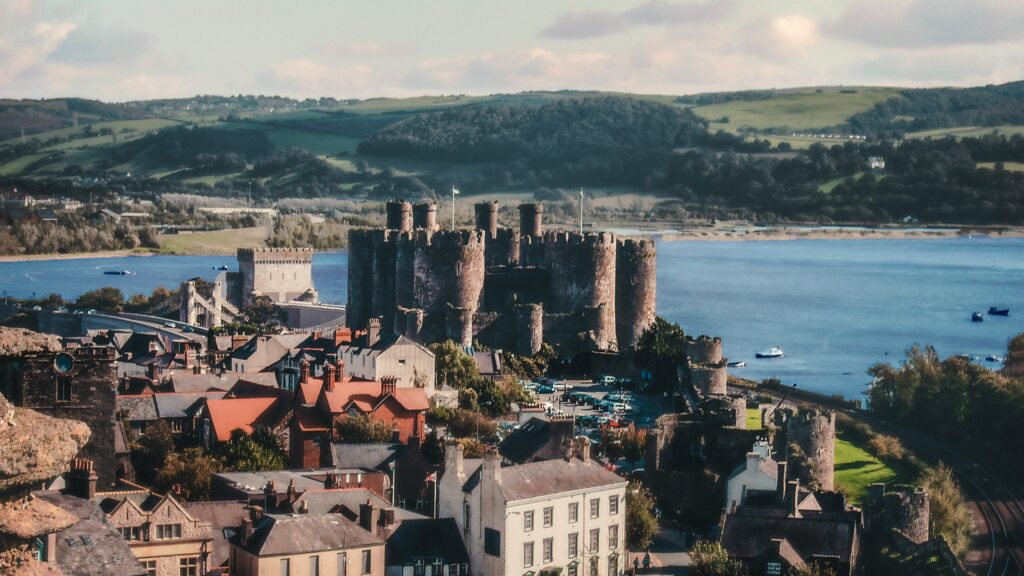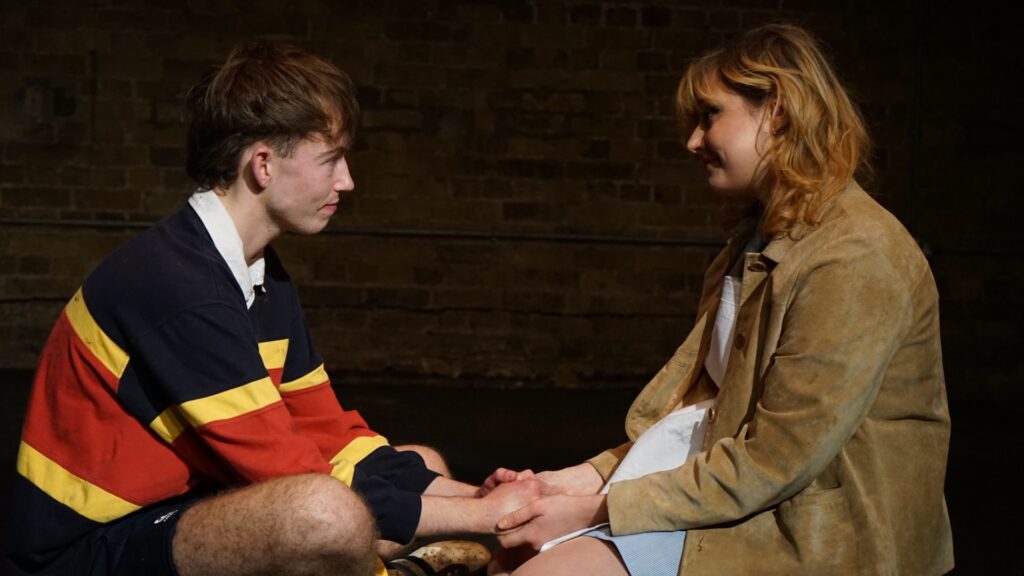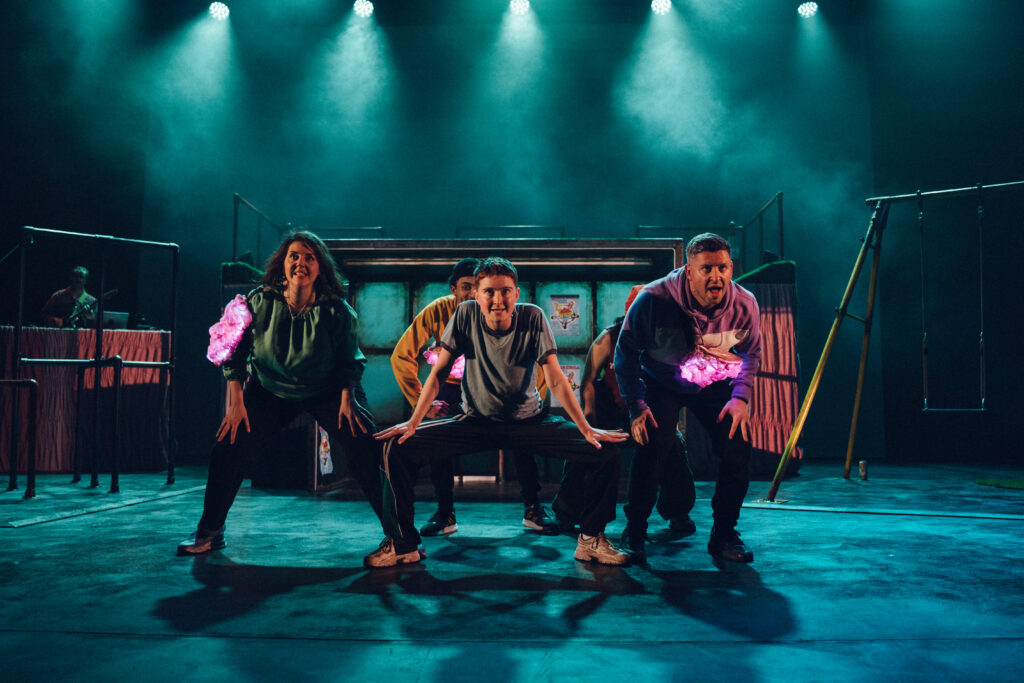Ahead of appearing at the IWA’s first Coffee Shop Debate at Cardiff’s Chapter Arts Centre 6.30pm tomorrow, Wiard Sterk provides a foretaste of his views
In January Assembly Member David Melding called for more statues of Welsh icons, to give Cardiff identity as a capitol (‘Why is Cardiff so unloved by us Welsh?’). I am all for more public art, but suggest that the best contribution contemporary artists can make in defining Wales – in Cardiff and elsewhere – is by engaging them to shape the public realm while they are alive, and not by honouring them with statues when they have (long) passed away.
After all, commemoration can be controversial. In Havana, Cuba, I was struck by the many statues and memorials to José Martí, the Cuban poet, writer, nationalist leader and symbol of Latin American independence. His founding of the Cuban Revolutionary Party galvanised the battle for independence for the island in the 19th Century, only for Spanish occupation to be replaced by American occupation. Martí, whose political instincts were anti-imperialist, had warned against this before he perished in battle. He was well aware of the USA’s desire to control and exploit its ‘back yard’. Even so, a bronze mounted statue of him stands proudly in Central Park in New York and he is honoured by revolutionary Cubans and Miami-based dissidents alike. For the former he represents the spirit of the Cuban revolution under Castro and its subsequent Marxist conversion, while the latter find inspiration in his liberal-capitalist writings.
One response to creating David Melding’s “alfresco pantheon to great Welsh artists” might be to commission a version of Gormley’s One & Other. We could then invite Wales’ great and good to give us an hour of their time every so often, to stand before us to be admired or heckled. This would be a contemporary version of the soap box or the stocks, depending on your point of view. Or we could invite Gormley to create a field of life size body casts, similar to Another Place on Crosby Beach and ask the public to adorn the blank faces with a succession of their heroes, changing with the zeitgeist and the seasons. This would avoid any conflict over the great and good we choose to represent Wales in its capital and will ensure that this pantheon keeps pace with the rapid developments in the contemporary culture of Wales.
I like to think that we should admire our great artists, past and present, for their works and not idolise their more or less skilfully reproduced likenesses in bronze. Over the past decade there has been a great upsurge in art in the public realm. Art has been commissioned as integral components of new buildings, regeneration schemes, landscaping projects, schools and hospitals. Welsh artists and artists from other nations are working in partnership with architects, landscape designers, urban planners, engineers, and communities, to conceive and implement works that help shape the public realm, define the contemporary culture of Wales and inform that of the future.
In Wales we have engaged artists in the design of urban public squares, the landscaping of former waste dumps, integrating local narratives into town centre renewal projects, help shape the vision for regeneration schemes, design sewage pumping stations or bridges and inform large scale transport infrastructure initiatives. Artists have explored and are exploring social and environmental issues, have initiated and contributed to debate on contemporary concerns and have produced and exhibited work to express and share their views. Their work contributes to a global cannon of artist interventions that include the landscaping of extinct volcanoes in nature reserves, the design of hydro powers stations as community facilities, the shaping of large flood plains as living artworks and the interpretation of heritage sites. Their works are also admired as great artistic and aesthetic interventions in our public spaces, to be enjoyed by and inspire all.
However, to find a fitting memorial to a contemporary Welsh hero who has helped define our modern Capitol, you don’t need to go far from the Oval Basin. Just walk on to the waterfront towards Harvey Hood’s Celtic Ring, turn right, pass under the catwalk to Cadwalleder’s ice cream bar and past the jetties for Cardiff Cats, to the former harbour wall ahead. This doubled as the entrance to the HQ of the Torchwood Team in the famous series, but is now an impromptu and popular monument dedicated to Yanto, Captain Harkness’ great love and trusted sidekick, who sadly perished in Torchwood’s last great battle to protect us against the menaces from outer space.





